Sheri Johnson was a child when a nurse looked at her and asked her mother, “Did your daughter have a purple sucker?”
Johnson’s lips and fingertips were purple, but candy wasn’t to blame.
She was born with a “backwards” heart, she says, where the two main arteries carrying blood out of her heart were switched in position.
Blood wasn’t being pushed through her body in the correct way, so she wasn’t getting enough oxygen, leading to a purple tint to her lips, skin and nails.
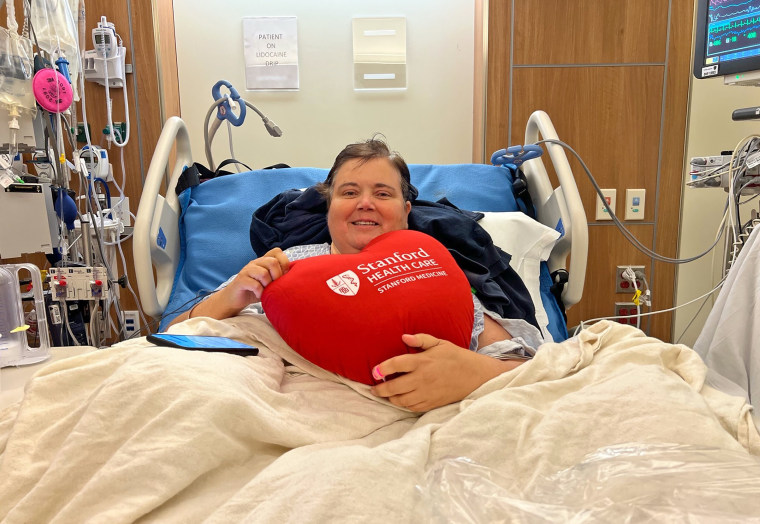
Johnson, now 56, has been dealing with the consequences of the birth defect much of her life, including heart surgery when she was 5. The fix had just been invented and doctors weren’t sure how long it would last. They hoped she’d make it past 19.
She beat those expectations by decades — until she required a heart transplant in 2021 — but she constantly felt like she was living on borrowed time.
“It was always in the back of my head that today could be my last day,” Johnson, who lives in Elk Grove, California, tells TODAY.com.
“I drove my husband crazy because at Christmas time I went overboard because I always felt like this could be the last Christmas with my girls, so I wanted it to be the best Christmas ever.”
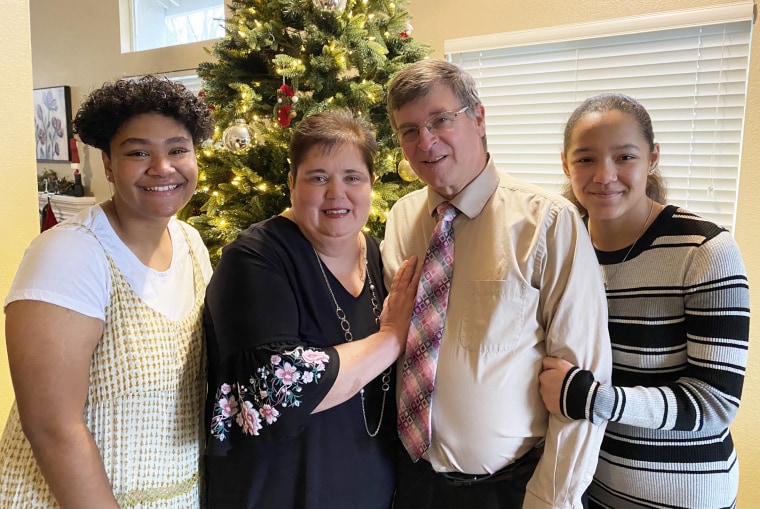
Blue baby
Babies born with transposition of the great arteries — the medical term for Johnson’s birth defect — are typically very robust newborns because the fetal circulation in the womb allows them to grow normally, says Dr. Alison Meadows, a cardiologist at Kaiser Permanente San Francisco Medical Center. She oversees the congenital heart program for northern California and treated Johnson until she needed a heart transplant.
More than 1,150 babies are born with this condition each year in the U.S., according to the Centers for Disease Control and Prevention.
Today, it can be diagnosed in the womb, Meadows notes. But when Johnson was born in 1966, it took some time for doctors to figure out why she had a blue tint to her skin.
Her aorta and pulmonary artery were reversed, connecting to the wrong chambers in the heart. It meant oxygen-poor blood returning to her heart was pumped right back to her body instead of going to the lungs to pick up oxygen. Meanwhile, in a separate circuit, oxygenated blood went back to her lungs, instead of being pumped to the rest of her body. The baby was starving for oxygen.
As an initial fix, doctors surgically opened a hole between the top two chambers of baby Johnson's heart, which allowed mixing of the blood. So instead of Johnson having no oxygen in her blood, she at least had oxygen saturation in the 60s, Meadows says. Normal blood oxygen levels are between 95% and 100%.
Johnson would live, but she had little energy and mostly sat a lot as a child.
“I could just hardly do anything,” she says. “I couldn’t jump. I couldn’t run.”
Surgery pioneer
By the time she was 5, the fix wasn’t enough. To survive, she had to undergo a heart surgery that had just been pioneered a few years before her birth. It created a tunnel between the upper chambers of the heart to redirect the oxygen-rich blood. But the prognosis for patients who got the procedure was unclear at that time.
“Doctors had no idea how long she would live because they just had nothing to base it on,” Meadows says.
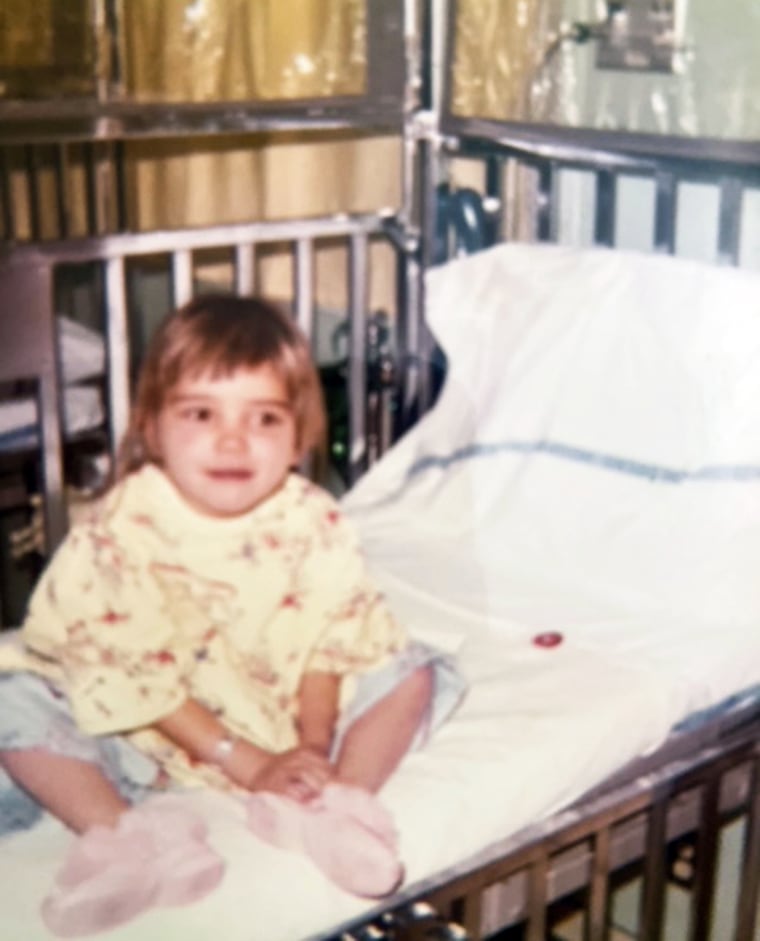
Johnson was one of the first babies with the condition to survive to adulthood, which doctors initially told her mother would be a "miracle," she recalls.
She went to college, got married and became a teacher. A cardiologist told her giving birth would probably kill her, so the couple adopted two children. Johnson lived her life, but always worried about her heart.
“I definitely lived with that fear of, ‘The surgery lasted longer than they expected, so when is it going to give out?’ I lived with that in the back of my mind,” Johnson says.
“Raising my girls, I was like, I have to be the mom who takes them and does everything with them because tomorrow could be the end, and I want them to have great memories of me.”
New 'Cadillac' heart
As years went by, heart problems began cropping up. She required a pacemaker to correct a slow heart rate. She then developed atrial flutter — an abnormal heart rhythm — and heart failure. The surgery Johnson underwent when she was 5 leaves most patients with heart issues, so doctors began using a different type of procedure in the 1980s, Meadows says.
In 2020, Johnson required several long hospital stays as her heart problems grew worse. She had no energy and was sitting much of the day again, just like she did when she was a child. Doctors put her on the heart transplant list.
In December 2021, she received her new organ, which her surgeon called a “Cadillac heart.”
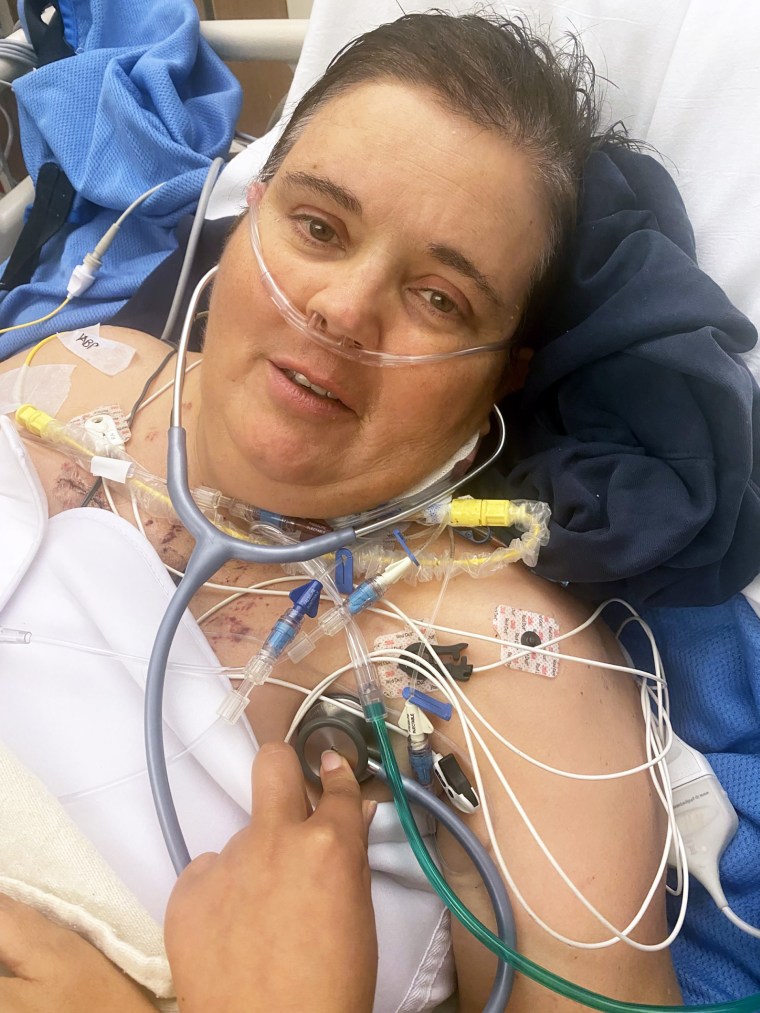
“I’m able to do so much more,” she says. “Now, I’m riding my bike. I’m walking. I’m doing the classes at the gym. I’m going to the pool.”
Johnson is once again allowed to travel, so she’s about to go to Hawaii to celebrate her 30th wedding anniversary.
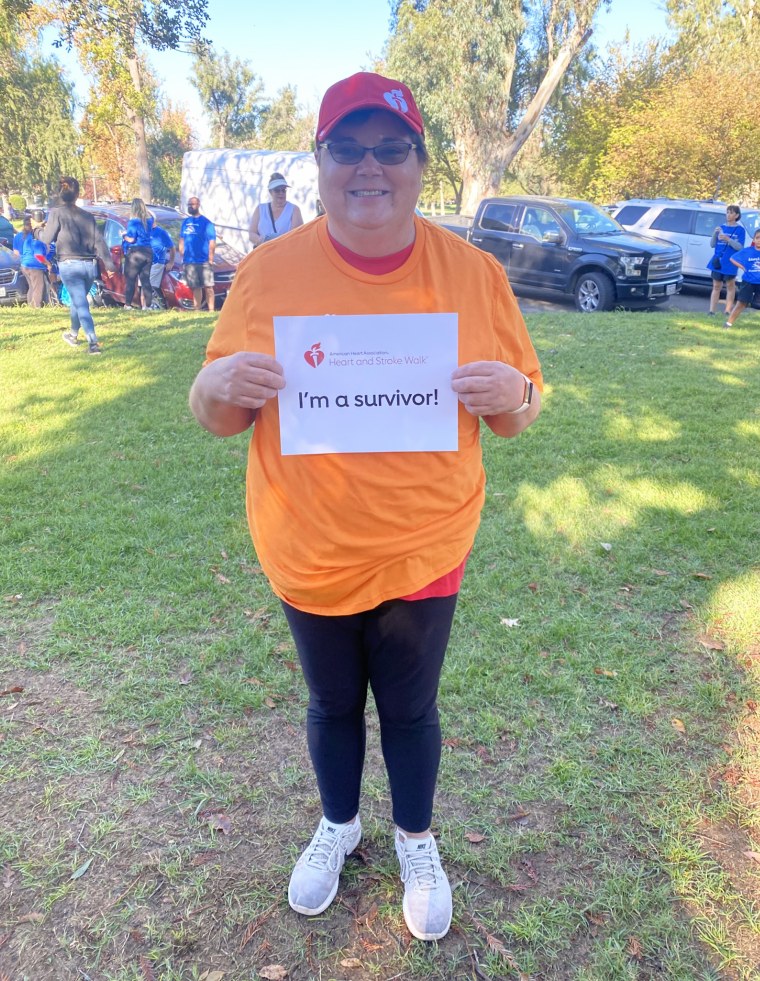
She’s also training for the 2024 Transplant Games of America, where she plans to take part in the 5K walk and 5K bike ride.
It’s a way to honor her heart donor, a 32-year-old woman, and to “protect this beautiful gift that she’s given me — to exercise and to eat right so that I can show my appreciation,” Johnson says.
